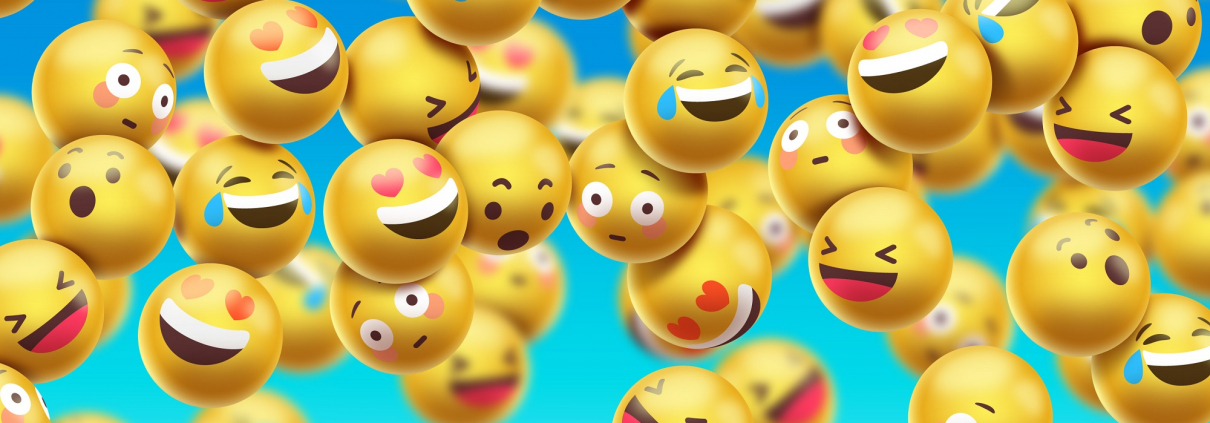Even Emojis Aren’t A Universal Language
A picture is supposed to be worth 1000 words, but if that picture is being incorrectly interpreted, then that’s 1000 wrong words that need to be explained. This is apparently the case with emojis as well, which were once supposed to be the savior of electronic communication by giving people a whole range of faces with different expressions to more succinctly communicate moods. After all, if a face has tears coming out of its eyes, it’s likely that a sad moment has occurred, and tears can usually get the point across.
Unfortunately, in the same way that different cultures don’t always communicate with each other in the same way even if they use the same language, different hardware can do the same thing. While the Apple iOS and Android operating systems make up the vast majority of phones used for communicating on the planet, apparently someone forgot to ensure the emojis were interpreted exactly the same, and this has been causing some problems.
A Smile Becomes A Grimace
The culprit in this problem is “Unicode,” the computer industry standard for text and characters. Unicode has been programmed to recognize emojis; however, it only understands the code and description for what an emoji is supposed to represent, it does not actually know what the image corresponding to this description is.

Grinning emoji on Google devices

Grinning emoji on Apple devices
This has become a problem between users of Apple and Android phones because while the emojis are similar in appearance, they are not exact. And in at least one case, they are wildly off in their interpretation. The “grinning face with smiling eyes” emoji is the culprit in this case, at least for users of Apple products.
The “grinning face with smiling eyes” looks very different from platform to platform, and while designs for the emoji seem fairly straightforward on Google/Android, Samsung, and LG products, this same face looks almost like a painful or sarcastic grimace on Apple devices.
Different Interpretations
To test these differences, the University of Minnesota’s GroupLens Lab conducted an experiment showing people the same emojis on different devices and they found that some of the graphics could have very different interpretations. This was particularly true of the “grinning face with smiling eyes” on Apple devices, which had a significant percentage of people mistaking it for distress or sarcasm.
This means that in a situation where someone sends a message with this emoji on an Android device with the remark, “I just finished my date,” an Apple recipient would see that grimace and jump to the conclusion that it was a painful experience the sender is now glad is over, and might respond in kind. Of course, if the sender is using an Android device, there would now be a lot of confusion as to why the responder said “I’m really sorry to hear that, you have to tell how badly it went later.”
This just goes to show that even in the digital world, there can be miscommunication even with something as simple as emojis. When the stakes are high, be sure to rely on a translation partner that will ensure your message is accurately translated.






















Leave a Reply
Want to join the discussion?Feel free to contribute!